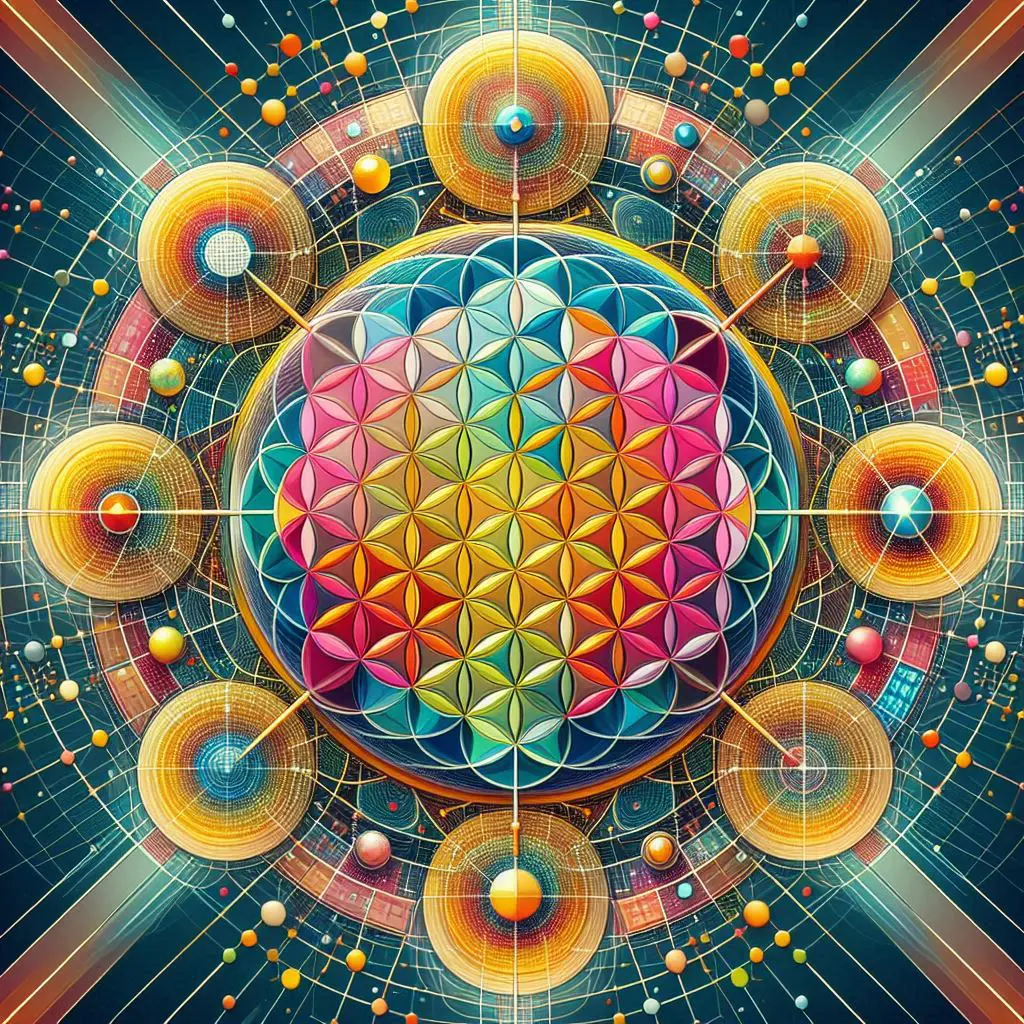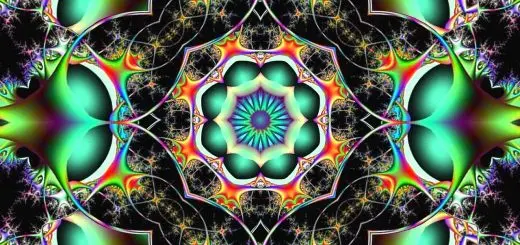The Healing Power of Shamanism: Out of This World

Looking for more amazing products? Check out our online store and explore our collection here! Happy shopping!
Before diving in, please note: This post is for informational purposes only. If you’d like to know more about how we approach topics, feel free to check out our friendly Disclaimer Page.
Hey there, amazing readers! 
We’re committed to delivering quality posts, and your support (even just sticking around despite the ads) means everything to us. So, bear with us, and thanks for helping us keep the good vibes rolling. Now, on to the fun stuff!
TRANSLATE BUTTON AT THE END OF THE ARTICLE
Shamanism was practiced in some form or another by a significant percentage of the world’s prehistoric societies.
It is stated that a shaman may transcend the limitations of the conscious world and go to a realm that is unknown to the average man.
This is a traditional kind of healing used by indigenous tribes.
In this place, the shaman will talk to the spirits in order to learn the secrets that will enable him to cure others, see into the future, influence the weather, and even protect himself and others from harm.
The practice of inducing ecstasy is what the name “Saman” refers to.
A practitioner who is able to achieve an altered state of consciousness in which he or she is able to speak with supernatural beings is known as a shaman.
He functions as a mediator between the world of humans and the world of gods, and he often has the ability to go to the underworld and interact with the dead.
When he is in a trance, he is no longer in his body.
Chanting, the banging of the drum, or intense dancing may all help to establish this trance state.
To enter their trance, shamans in less developed civilizations would often subject themselves to extreme measures such as starvation, the use of hallucinogens, or even physical or mental abuse.
As can be observed from its practices, shamanism is predicated on the idea that the universe is split into two separate parts, one of which is visible to the average person and the other of which is visible only to those who possess special abilities.
Subsequently, in the second section, there is a marvelous realm that is inhabited by the spirits that have an effect on the world of the living and who are always eager to provide a helping hand.
The shaman mediates communication between the spirit realm and the material world, all for the sake of his community.
Animistic communities have a need for specialists, and they hire shamans to fill that role.
First and foremost among the shaman’s responsibilities is healing, followed closely by prophecy.
Shamanism, seen in its broadest sense, is thus likely the world’s oldest method of medical treatment.
It is believed to have been practiced more than 25,000 years ago and is a kind of religious medicine.
A shamanic tradition is the origin of the majority of traditional healing traditions used by many civilizations.
In many cultures, the shaman is revered as the religious or spiritual leader of the tribe and is believed to possess supernatural healing abilities.
It is expected of him to cure those who are ill and to cast evil spirits out of people.
It is essential to keep in mind that in the majority of traditional societies, illness was seen as the work of demonic entities that exerted influence on the affected individual.
The common man, on the other hand, is controlled by the spirits, and the shaman, on the other hand, is possessed by them.
This is the primary distinction between the two.
All of this would make one think that shamanism is an ancient esoteric technique that no longer has any relevance to contemporary man and that it has been relegated to the dustbin of history.
But shamanism is still practiced in many parts of the globe, despite the fact that it has developed into a number of distinct subsets.
It is reported that Native Americans use a method of healing called “soul flights.” Shamans in Tibet make use of drums to assist them in the process of soul recovery.
Shamans in Kerala have strong ties to the local temples and make use of amulets and music in order to communicate with the spirits that inhabit the underworld.
Trance induction often involves the use of hallucinogenic plants by African shamans.
Because of the significance that shamanism places on the soul in addition to the intellect and the spirit, it has found a home in contemporary therapeutic practices.
Healing on an emotional level is included in shamanic practice, along with alleviation from pain, worry, and tension.
It is often held that everyone has a latent shamanic power that may be unlocked if they are able to focus their attention on a task with sufficient intensity.
Unleashing the power of this dormant shaman inside us will assist in curing the ailment that besets us.

The Enlightenment Journey is a remarkable collection of writings authored by a distinguished group of experts in the fields of spirituality, new age, and esoteric knowledge.
This anthology features a diverse assembly of well-experienced authors who bring their profound insights and credible perspectives to the forefront.
Each contributor possesses a wealth of knowledge and wisdom, making them authorities in their respective domains.
Together, they offer readers a transformative journey into the realms of spiritual growth, self-discovery, and esoteric enlightenment.
The Enlightenment Journey is a testament to the collective expertise of these luminaries, providing readers with a rich tapestry of ideas and information to illuminate their spiritual path.
Our Diverse Expertise
While our primary focus is on spirituality and esotericism, we are equally passionate about exploring a wide range of other topics and niches 

To ensure we provide the most accurate and valuable insights, we collaborate with trusted experts in their respective domains 
Our blog originally focused on spirituality and metaphysics, but we’ve since expanded to cover a wide range of niches. Don’t worry—we continue to publish a lot of articles on spirituality! Frequently visit our blog to explore our diverse content and stay tuned for more insightful reads.
Hey there, amazing reader! 
Check out our store here and take a peek at some of our featured products below! Thanks for being awesome!










